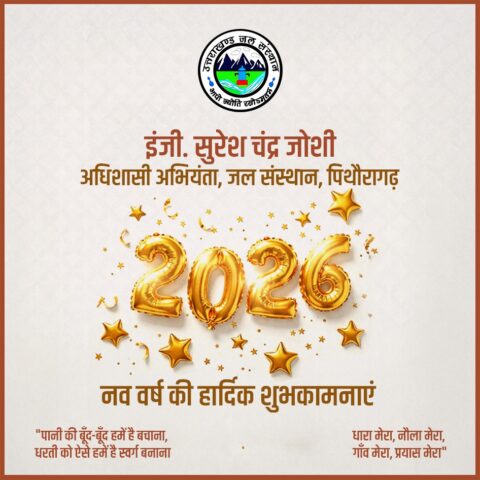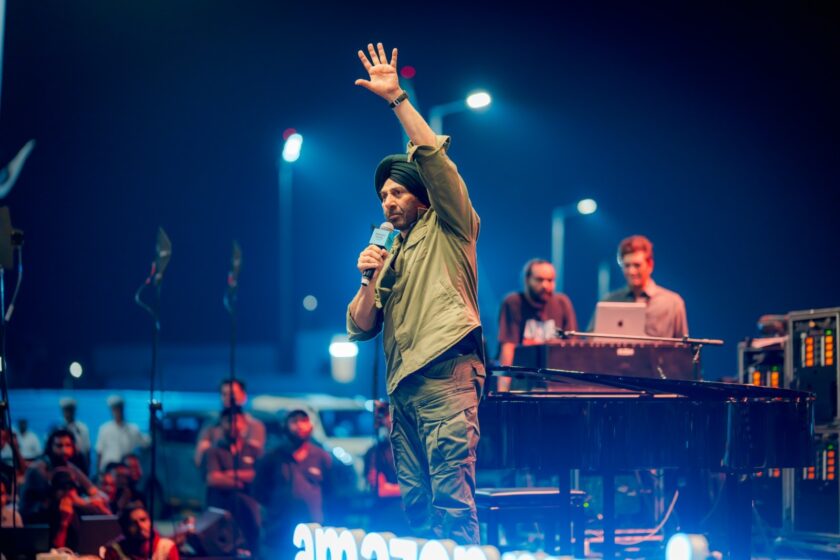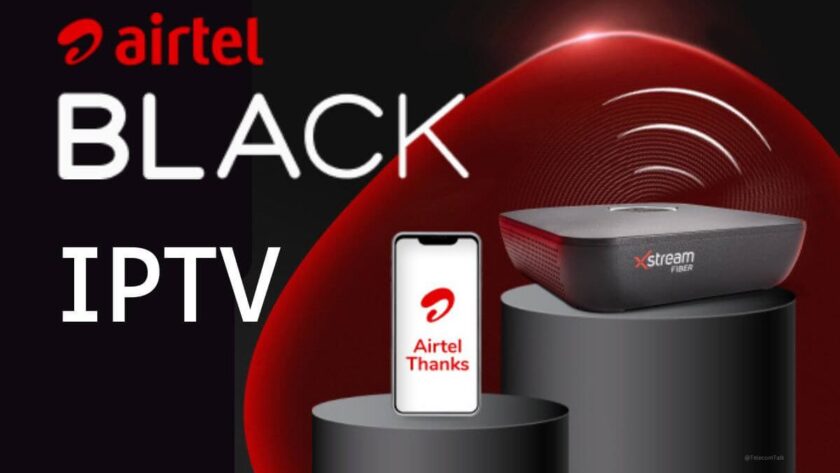Mumbai: The use of technology is significantly reshaping the cinematic landscape in Bollywood, influencing everything from how films are made to how they are distributed and consumed. Here’s a deep dive into how technology is driving innovation and transformation in the Indian film industry:
1. Advanced Visual Effects (VFX) and CGI
- Enhancing Storytelling: Visual effects (VFX) and Computer-Generated Imagery (CGI) have become integral to modern Bollywood filmmaking, allowing for the creation of breathtaking visuals that were previously impossible. Movies like Baahubali, Krrish, and Ra.One have pushed the boundaries of Indian cinema with their extensive use of VFX, making epic storytelling more visually compelling.
- Creating Fantasy Worlds: VFX is used to create entire worlds, mythical creatures, and spectacular action sequences, helping directors bring ambitious visions to life. For example, Baahubali set a new benchmark with its massive scale, with CGI being used to create entire kingdoms, large armies, and elaborate battle scenes.
- De-aging and Face Replacement: Technology has enabled filmmakers to de-age actors, allowing them to portray younger versions of themselves, as seen in movies like Bharat. Similarly, face replacement technology allows filmmakers to digitally insert an actor’s face onto a body double, enhancing the realism of action sequences.
2. Digital Cinematography and 4K Technology
- High-Definition Filming: The transition from traditional film to digital cinematography has revolutionized Bollywood. High-definition (HD) cameras and 4K technology provide filmmakers with greater clarity, color accuracy, and flexibility in post-production. This shift has also reduced costs associated with film stock and processing.
- Enhanced Visual Quality: Movies like Padmaavat and Dangal have utilized 4K technology to deliver stunning visual quality. The sharpness and detail achievable with digital cameras have improved the overall cinematic experience for viewers, making films more immersive.
3. Sound Design and Dolby Atmos
- Immersive Audio: The use of advanced sound technology like Dolby Atmos has enhanced the auditory experience in Bollywood films. Dolby Atmos creates a 3D sound space, allowing sound to move freely around the audience, providing a more immersive experience. Films like Dhoom 3 and Bajrangi Bhaijaan have employed this technology to great effect.
- Sound Editing and Mixing: With the advent of digital sound editing tools, sound design has become more sophisticated. Editors can now manipulate sound with greater precision, creating intricate soundscapes that enhance the emotional impact of scenes.
4. Virtual Reality (VR) and Augmented Reality (AR)
- Interactive Experiences: Bollywood is beginning to explore VR and AR to offer audiences more interactive experiences. For example, VR can be used to create immersive promotional content or to allow fans to explore film sets virtually. This technology is still in its early stages in Bollywood but has immense potential for the future.
- AR in Marketing: AR is increasingly being used in film marketing, allowing audiences to interact with characters or scenes from a movie through their smartphones. For instance, AR apps might let users see a 3D version of a film’s character or take a virtual tour of a movie set.
5. Digital Distribution and Streaming Platforms
- OTT Platforms: The rise of Over-The-Top (OTT) platforms like Netflix, Amazon Prime Video, and Disney+ Hotstar has fundamentally changed how Bollywood films are distributed and consumed. These platforms have democratized content access, allowing films to reach a global audience without relying solely on theatrical releases.
- Direct-to-Digital Releases: During the COVID-19 pandemic, when theaters were closed, many Bollywood films opted for direct-to-digital releases. This trend continues, with some producers choosing to debut their films on streaming platforms, bypassing traditional distribution channels.
- Global Reach: Digital platforms have allowed Bollywood films to reach international audiences more easily. Films are now available with subtitles or dubbing in multiple languages, increasing their accessibility and broadening their appeal.
6. AI and Machine Learning in Film Production
- Script Analysis and Audience Insights: AI and machine learning are being used to analyze scripts and predict their potential success. By analyzing vast amounts of data, AI can provide insights into what elements of a story are likely to resonate with audiences, helping producers make more informed decisions.
- Targeted Marketing: AI is also used to analyze audience behavior and preferences, allowing for more targeted marketing campaigns. By understanding what types of films appeal to specific demographics, marketers can tailor their strategies to maximize reach and engagement.
7. Digital Editing and Post-Production
- Non-Linear Editing: Digital editing software like Adobe Premiere Pro and Avid Media Composer has transformed the post-production process. Non-linear editing allows editors to work more efficiently, making it easier to experiment with different cuts and effects without damaging the original footage.
- Color Grading and Correction: Advanced color grading tools enable filmmakers to create distinct visual styles and moods by manipulating color and lighting. This technology ensures consistency in the visual tone of a film and can dramatically enhance its aesthetic appeal.
8. Drone Technology
- Aerial Cinematography: The use of drones has revolutionized aerial cinematography in Bollywood. Drones allow filmmakers to capture sweeping aerial shots and dynamic action sequences at a fraction of the cost of traditional methods. Films like 3 Idiots and Kabir Singh have utilized drone technology to capture breathtaking landscapes and high-octane chase scenes.
- Cost-Effective Filming: Drones provide a cost-effective alternative to helicopters and cranes for aerial shots, making such shots more accessible to a wider range of films, from big-budget blockbusters to smaller independent projects.
9. Social Media and Digital Marketing
- Engaging Audiences: Social media platforms like Instagram, Twitter, and YouTube have become essential tools for Bollywood marketing. Filmmakers and actors use these platforms to engage directly with fans, share behind-the-scenes content, and generate buzz for upcoming releases.
- Viral Marketing: The digital landscape allows for innovative marketing strategies, such as creating viral content, which can significantly boost a film’s visibility. For example, the marketing campaign for Ghajini, which involved fans getting the same haircut as the protagonist, created a viral trend that contributed to the film’s success.
10. Crowdfunding and Independent Filmmaking
- Financing Films: Crowdfunding platforms like Kickstarter and Wishberry are enabling independent filmmakers in Bollywood to finance their projects by raising funds directly from the public. This democratization of film financing allows for more diverse voices and stories to be heard, beyond the traditional studio system.
- Audience Engagement: Crowdfunding also serves as a marketing tool, as it involves audiences in the filmmaking process from the start. Supporters of a project often become its early promoters, creating a built-in fan base even before the film is released.
11. Virtual Production
- Real-Time Rendering: Virtual production, popularized by Hollywood films like The Mandalorian, is making its way into Bollywood. This technology involves shooting actors against LED screens that display real-time rendered environments. It allows for more control over lighting and settings, reduces the need for on-location shoots, and speeds up the production process.
- Cost and Time Efficiency: By minimizing the need for physical sets and locations, virtual production can significantly reduce costs and production time. It also offers greater creative flexibility, allowing filmmakers to experiment with different environments and scenes without the constraints of traditional production methods.
Technology is at the forefront of reshaping Bollywood, driving innovation across all aspects of filmmaking. From the way stories are told through advanced VFX and CGI to how films are distributed and consumed via digital platforms, the cinematic landscape in Bollywood is undergoing a significant transformation. As these technologies continue to evolve, they will further empower filmmakers to push creative boundaries, reach wider audiences, and redefine the future of Indian cinema. With the integration of AI, virtual production, and immersive technologies, Bollywood is not just keeping pace with global trends but also setting new standards in cinematic excellence.











